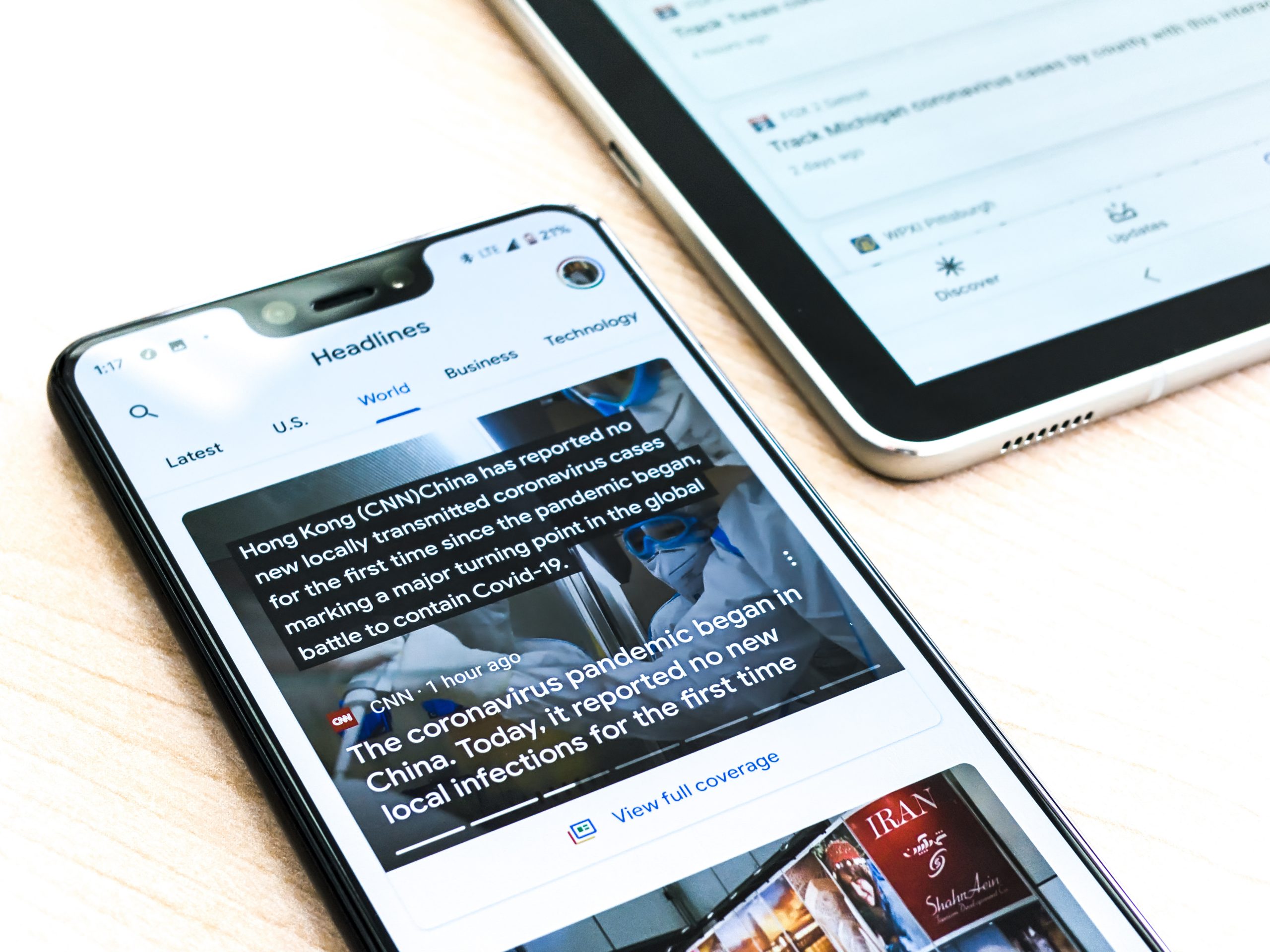
Today it is harder than ever to protect your brand. Knowing how to shield your company from mis/disinformation can be challenging, especially when research from the CHI 2020 conference highlights the prevalence of people sharing stories on social media, despite not reading past the headline.
With only 26% of Americans feeling confident in their ability to recognize fake news, audiences are more vulnerable to mis/disinformation than ever before. The lack of media literacy – the ability to critically evaluate media content or clearly understand messages – among your target audience may negatively impact your brand if your team doesn’t properly combat it.
If you are not prepared to manage fake news, your audience is more likely to believe stories containing misleading information. But, before charging ahead with a response, PR teams must first understand the distinction between misinformation and disinformation.
What is Misinformation?
Misinformation is inaccurate information shared without the intention of manipulating people. For example, if a news story suggested that a company went under due to the poor financial results they reported in the previous quarter, even if that wasn’t the case, the inaccuracy is most likely unintended. The source of this information may not have been aware it was incorrect and did not necessarily mean to deceive audiences.
What is Disinformation?
Disinformation is false information shared with the intention of misleading people. Falsifying details is problematic and is often used to distort the truth, sometimes for financial or political gain. This is often achieved by concealing the true nature of an article, such as sponsored content disguised as editorial pieces, computer-generated imagery, or misleading headlines.
Managing the Media Narrative
Managing the media narrative is essential to protecting your brand against fabricated news and avoiding long-term consequences. In 2021, a study conducted by NYU indicated that “misinformation on Facebook got six times more clicks than factual news during the 2020 election.” If false information about your company goes viral, it can compromise your credibility and the trust your audience has in your brand.
With the tendency of fake news to spread on social media, it may feel challenging to control the pace of the narrative, but there are methods you can use to manage it.
5 Ways to Protect Your Brand from Misinformation
Even the strongest brands can fall susceptible to rumors. If your PR response is proactive and consistent, you can mitigate the harm caused to your reputation.
Here are some simple yet effective tips for protecting your brand against mis/disinformation:
Build Brand Trust
If you have established brand trust with your audience, they will be more likely to question false narratives about your company. Further, when your team responds with a counter-narrative, your consumers will be more receptive because of the pre-existing trust they have in your brand.
When responding to mis/disinformation, rely on the same components that helped you to build brand trust with your audience in the first place. Authenticity, transparency, and consistent messaging can help you to maintain your consumers’ faith in your company in the wake of false narratives.
Look for Signs of Misinformation and Disinformation
Tracking your media coverage can allow you to detect untrue narratives about your brand. Media measurement is an essential tool for observing stories about your brand and its traction on social media. Sentiment analysis is equally as important. It enables you to evaluate content for context, sarcasm, and irony, and with greater accuracy when using human-augmented technology. By utilizing effective media measurement and sentiment analysis, you can detect the early signs of mis/disinformation in coverage of your brand and address the narrative before it spins out of control.
Include Plans for Misinformation/Disinformation in Your Crisis Communications Strategy
An effective communications strategy includes preparation for PR crises, including the spread of inaccurate information. With a detailed crisis plan that provides for various scenarios with appropriate counter-narratives, external and internal points of contact, and trusted media lists, you can respond quickly and effectively. How you act in the first few hours of a crisis can determine the narrative’s impact.
Use Social Media to Evaluate False Narratives
Today, stories that misrepresent brands are most likely to start online. With the help of social media tools, your team can follow false narratives from traditional to social media and monitor how much traction they generate. Predictive solutions, for example, can evaluate the impact of false narratives and help you to identify the stories that warrant a response by determining their probability of going viral. This data enables your team to work proactively and with time advantage.
Own Up to Your Mistakes
If mis/disinformation about your brand is the result of your team’s mistake or a false statement you’ve inadvertently spread, hold yourself accountable and inform your audience. This helps to build brand trust and credibility by demonstrating accountability. Being forthright and transparent when you’ve made a mistake will make your audience more receptive to your response when future incidences of mis/disinformation occur.
A Long-Term Solution to False Narratives
Take a moment to critique your current communications strategy. Is your team prepared to tackle a false narrative targeting your brand today? If not, what solutions or plans do you need in place to make sure people are receiving correct information about your brand?
With a strategy in place, you can protect your brand from mis/disinformation and maintain the trust of your audience. At PublicRelay, our human-augmented technology approach to media analytics makes it easier to track media coverage of your brand and detect misinformation and disinformation in its formative stages. With highly accurate sentiment analysis and advanced technology enabling predictive solutions, you can take a proactive approach to manage your brand.
Click here to learn more!




